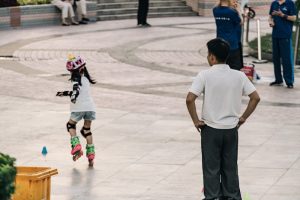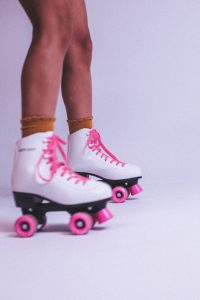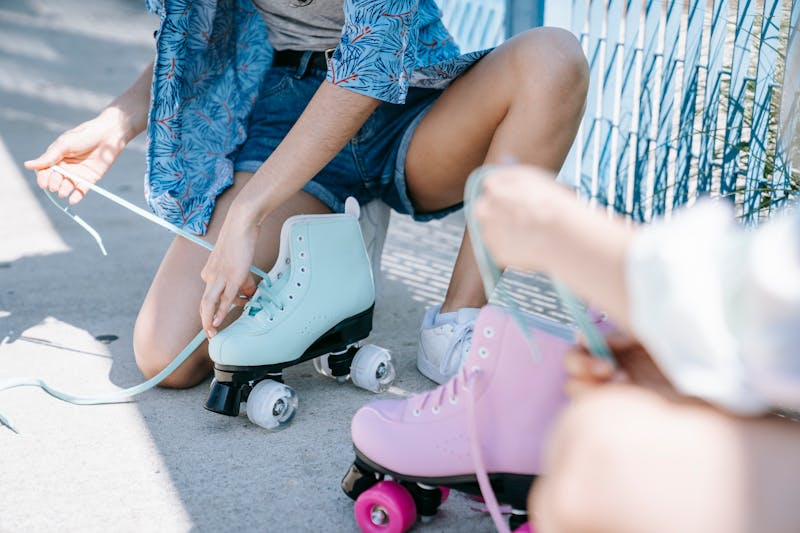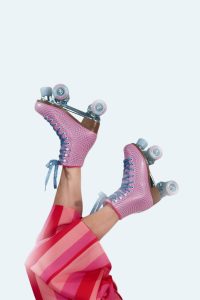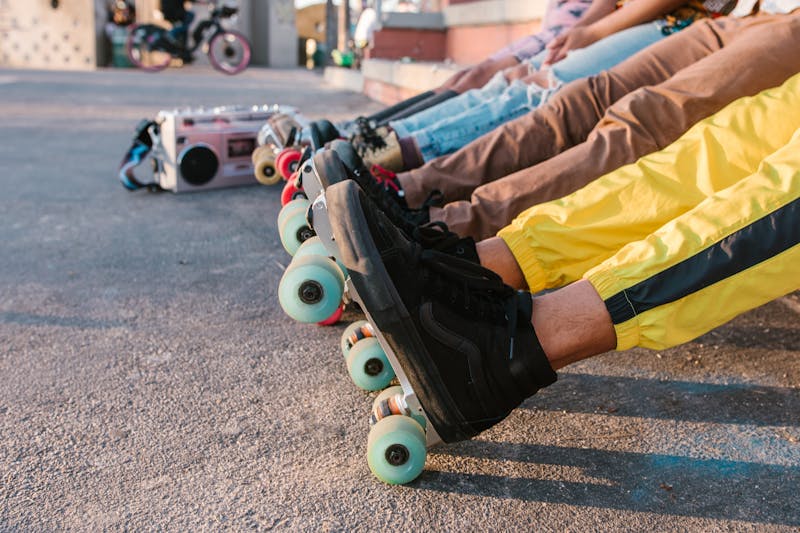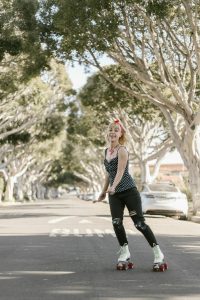So, you’ve got the basics of roller skating down. You can glide, turn, and maybe even stop without crashing (most of the time). But if you’re ready to take your skills from decent to dazzling, we’ve got you covered.
The pros at Rainbow Skateland are sharing their best roller skating tips to help you become a true skater with style, confidence, and control.
1. Perfect Your Posture
Great skating starts with great posture. Keep your knees slightly bent, your back straight, and your weight centered over your skates. This stance gives you better balance and more control, especially when picking up speed or changing direction.
2. Master The Art Of Crossovers
Want to cruise around corners like a pro? Crossovers are the secret. As you turn, cross one skate over the other to maintain speed and flow. It takes practice, but once you get it down, you’ll look and feel like a seasoned skater.
3. Learn How To Stop Gracefully
Tired of slamming into walls to stop? (Hey, we’ve all been there!) Practice the T-stop by dragging one skate behind you at a slight angle, applying gentle pressure until you slow down. For more advanced control, try the plow stop by widening your stance and pushing your heels out.
4. Add Some Style
Real skaters don’t just move; they groove. Practice skating to the beat of the music, experiment with spins, and add some flair to your stride. Skating is all about self-expression, so let your personality shine through your moves.
5. Practice, Practice, Practice
The best skaters didn’t get there overnight. Keep challenging yourself, take on new tricks, and don’t be afraid of falling. It’s all part of the journey!
Ready to level up? Grab your skates and head to Rainbow Skateland, where great skaters are made!






